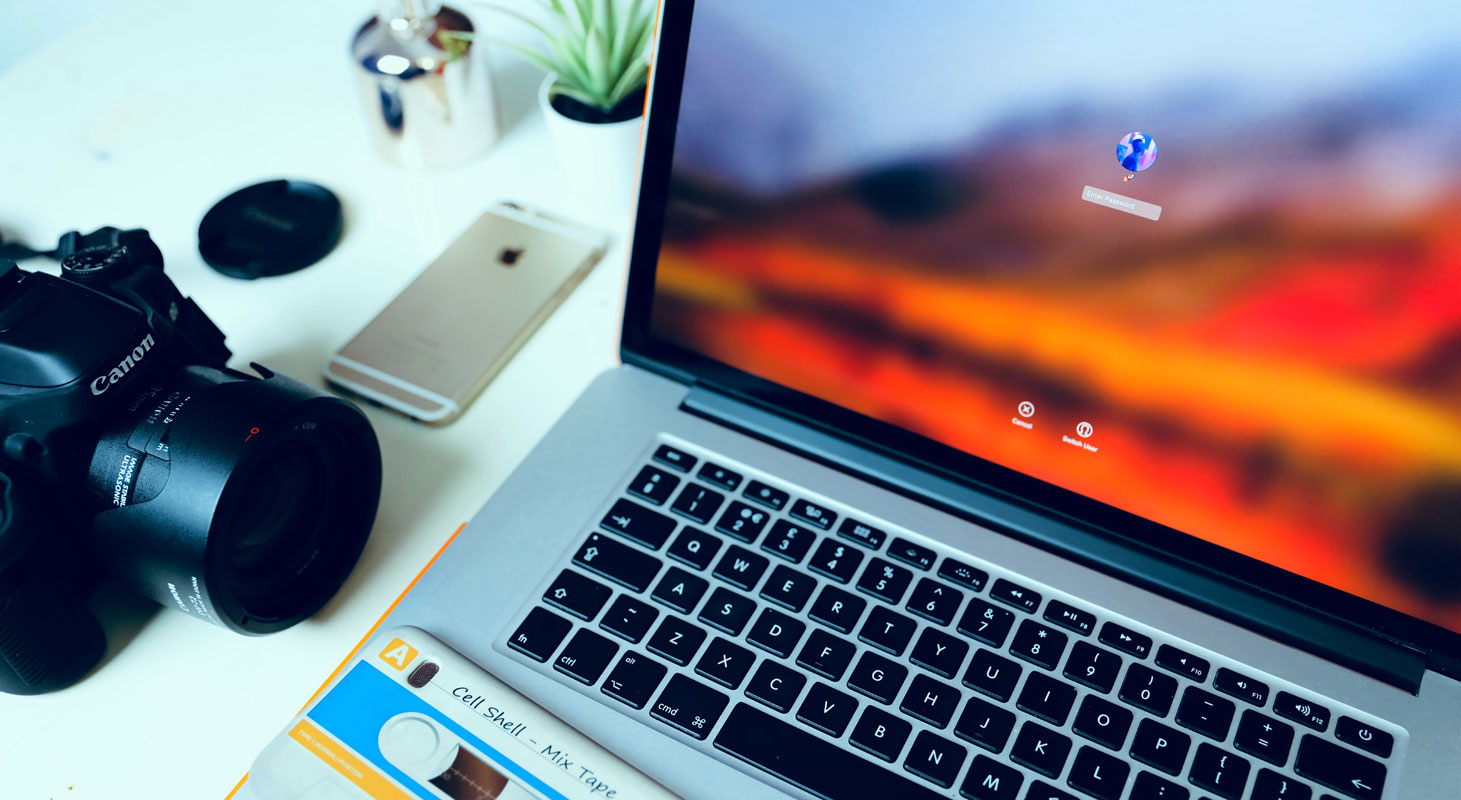The Opencore bootloader has gained popularity for its unique approach to booting macOS. Avoiding direct modifications to the operating system stored on the boot volume aligns with Apple’s stringent security framework. Essentially, Opencore injects and patches data in memory rather than on the disk. However, a recent update has introduced an unexpected hurdle for Mac users, causing many to find themselves stuck at the login screen after installing the latest Opencore update. If you’re an affected user, fret not – this guide provides a workaround to tackle this frustrating bug.
The Problem: The Mac is Stuck on the Login Screen
The recent Opencore update was supposed to enhance the booting experience for Mac users. Instead, it led to a predicament where many found their Macs unresponsive at the login screen. The once-smooth login process turned into a source of frustration and concern. Users took to various forums and communities to voice their experiences, highlighting the urgent need for a solution.
Understanding Opencore Bootloader
Opencore, unlike traditional bootloaders, works its magic by focusing on memory-level operations. Instead of altering files on the disk, it performs injection and patching within the system’s memory. This unique approach enhances compatibility and security, aligning with Apple’s stringent guidelines. However, the recent update threw a wrench into this finely-tuned system.
The Impact of the Recent Update
The Opencore update was intended to align even better with macOS’s security paradigm. Unfortunately, it had the opposite effect for numerous Mac users. Reports of login screens freezing flooded online platforms, creating a sense of uncertainty and anxiety in the community.
Introducing the Workaround
- Thankfully, a workaround exists to address this exasperating issue.
- By carefully following the steps, you can restore your Mac’s functionality and bid farewell to the stubbornly persistent login screen.
Creating a New OpenCore USB Stick
- The first step involves crafting a new OpenCore USB stick using the OCLP 0.6.7 builder.
- This process requires the assistance of another Mac.
- By doing so, you’re essentially preparing a lifeline for your troubled Mac.
Selecting the Correct Configuration
- While creating the OpenCore USB stick, select the correct version/revision of your target machine.
- This is crucial to avoid confusion between the Mac that needs fixing and the one you’re using for the process.
Running the Ventura Installer
- With the newly minted USB stick, it’s time to boot from it and run the Ventura installer.
- This installer holds the key to upgrading your existing Ventura installation, effectively replacing the problematic files causing the login screen issue.
The Upgrade Process
- Be prepared for a multi-step process that might take a few hours.
- Your Mac might reboot multiple times during this process as the Ventura installer diligently works to rectify the corruption plaguing your system.
Preventing Further Corruption
- Once your Mac is back on its feet, you might receive a prompt from OpenCoreLegacyPatcher to update.
- However, it’s crucial to resist this temptation. Updating at this point could risk plunging your Mac back into the quagmire of login screen issues.
Conclusion of the Workaround
- With the upgrade, your Mac should emerge victorious over the login screen problem.
- OpencoreLegacyPatcher will indicate the successful version update, and you can finally access your Mac without being stuck at the login screen.
Reader Engagement
- Remember, if you encounter any uncertainties while following these steps, don’t hesitate to ask for assistance in the comments section.
- Your fellow Mac users, we are here to help you through this frustrating situation.
FAQ
Can I use any Mac to build the OpenCore USB stick?
Indeed, any Mac can create a USB stick as long as you follow the outlined process.
How do I know which configuration to select?
In the OpenCore builder, choose the design that matches the target Mac stuck on the login screen.
Why is the upgrade process time-consuming?
The upgrade involves thorough file replacement, optimizations, and multiple reboots to ensure a complete recovery.
What if I accidentally update when prompted?
Accidental updates can re-introduce the problem. It’s vital to avoid updates after a successful workaround.
Are there any risks involved in this workaround?
When followed correctly, the workaround is low-risk and has helped numerous users. Just ensure you adhere to the instructions.
Wrap Up
In conclusion, the recent Opencore update might have initially caused distress among users due to unforeseen issues. However, it’s worth noting that technology often comes with its own set of challenges. The provided workaround serves as a valuable solution, offering users a streamlined method to regain control over their Mac’s login screen swiftly. This, in turn, enables them to revert to a seamless and efficient computing experience. Embracing these troubleshooting steps not only showcases the community’s dedication to resolving problems but also emphasizes the adaptable nature of users in the face of technological hiccups. As the digital landscape continues to evolve, such instances remind us of the collaborative spirit within the tech community and the collective effort to ensure optimal user experiences.

Selva Ganesh is the Chief Editor of this Blog. He is a Computer Science Engineer, An experienced Android Developer, Professional Blogger with 8+ years in the field. He completed courses about Google News Initiative. He runs Android Infotech which offers Problem Solving Articles around the globe.



Leave a Reply